 Self-Introduction: Rick Mitcham
Self-Introduction: Rick Mitcham
My full name is Roderick Ellis Mitcham, but please call me Rick. At the start of the various English-language courses I teach here in Kyoto, I use my name to introduce myself. I tell my students that Mitcham is my surname; Ellis, my middle name, is my mother’s maiden name; and Roderick, derived from Old Norse (a language brought to the UK from the Vikings between the ninth and eleventh centuries), means ‘great ruler’. When I was a school child I hated it, cringing every time my teacher called the register. I did however grow to like it since it served as a vivid reminder of Britain’s long ethnically-diverse history.
As the above suggests, I hark from the UK. Spending the first 27 years of my life in country, I grew up in Horsham, West Sussex. Through my childhood, I enjoyed drawing, model making, designing, swimming, camping, canoeing, rock climbing and hiking. I also dabbled in a bit of fell running, orienteering and backwoodsmanship. Most of the outdoorsy of these pursuits I did as a scout and then as a venture scout. I was also a mad collector of stuff – my collections included annotated designs of time machines, postage stamps, postcards, key rings, swimming certificates, scout badges (to which the photograph of me in my scout’s uniform attests), music and, latterly, books. At the age of 18, I went up to university. Still searching for my raison d’etre, I elected to read geography. Taking such a wide-ranging subject meant I could keep my options open as to my ‘final’ decision regarding what I wanted to do with myself in the future.
I found my calling in the second year of my first degree. Geography as a school subject and geography as an academic discipline bore very little in common especially in the sub-disciplines of human geography. This was no more apparent in what would become one of my key interests: historical geography. Inspired by a course in the Historical Geography of Nineteenth Century Britain, I decided to write my final-year dissertation on one aspect of it – the Poor Laws. Undertaking archival research at The National Archives, the University of London’s Senate House Library and the old British Library – the one in Bloomsbury not St Pancreas – I explored a long-forgotten government scheme in the early 1830s involving the removal of labourers from the rural south of England to the industrial ‘manufactories’ of the North. Buoyed by my tutor’s enthusiastic description of my dissertation as ‘the whole being greater than the sum of its parts’, I decided, in that moment, that was this is what I wanted to do with the rest of my life. To that end, I went on to complete a Research Master’s degree in Cultural Geography and then a PhD.
While my PhD passed viva with minor corrections, I found the writing side of it hard going confiding in a friend that the experience was similar to ‘wading through concrete’. Looking back on it now, I realise that the difficulty resulted from my seeing writing as a mindless, menial task involving the formation and then fixing of ideas to paper and/or to a computer screen. This was not writing and I certainly not a writer. In my article ‘At the Time of Writing: The Three Tenets of a Good Theory of Writing’ (Mitcham 2019), I explain that I was burdened by what Eric Hayot (2014) refers to as a ‘bad theory of writing’ (1). But, thanks to Hayot’s (2014) brilliant book The Elements of Academic Style, I discovered to my relief that I could write but, even then, I was highly ambivalent about self-identifying as a writer. That was, I should say, until a member of Writers in Kyoto suggested I join the group. Now, as a member of WiK, I shall leave it to members to decide whether that is, in fact, the case.
References
Hayot E 2014 The Elements of Academic Style: Writing for the Humanities Columbia University Press, New York
Mitcham R 2019 ’At the Time of Writing: The Three Tenets of a Good Theory of Writing’ Academe 2, 27-43 (forthcoming)

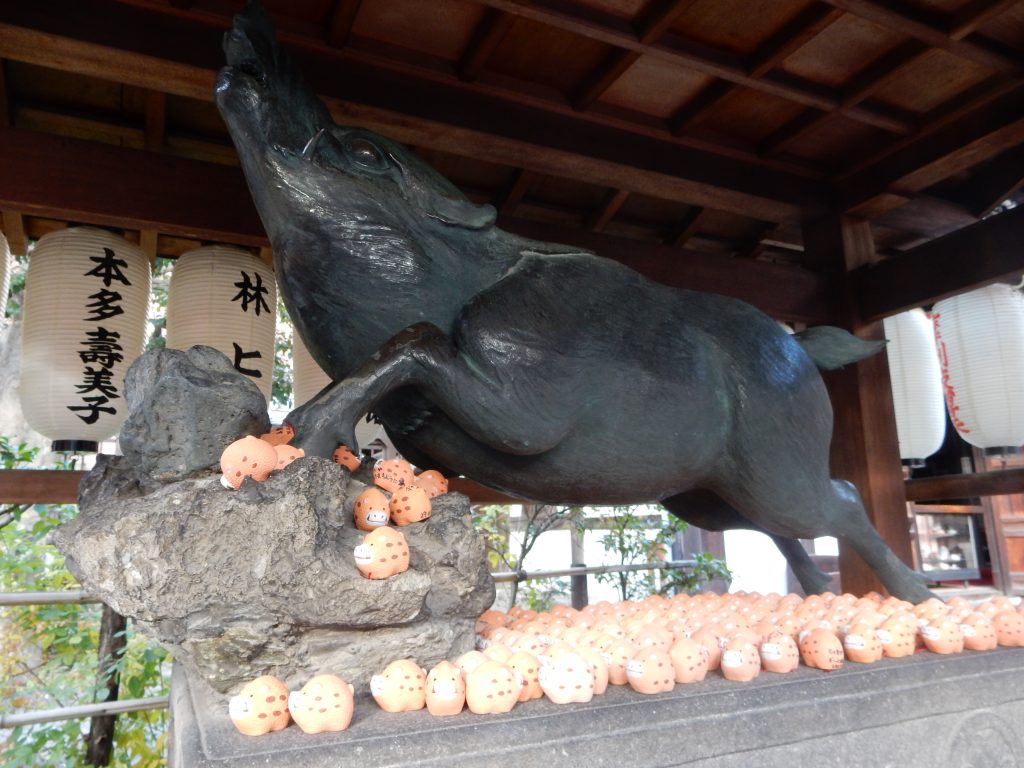



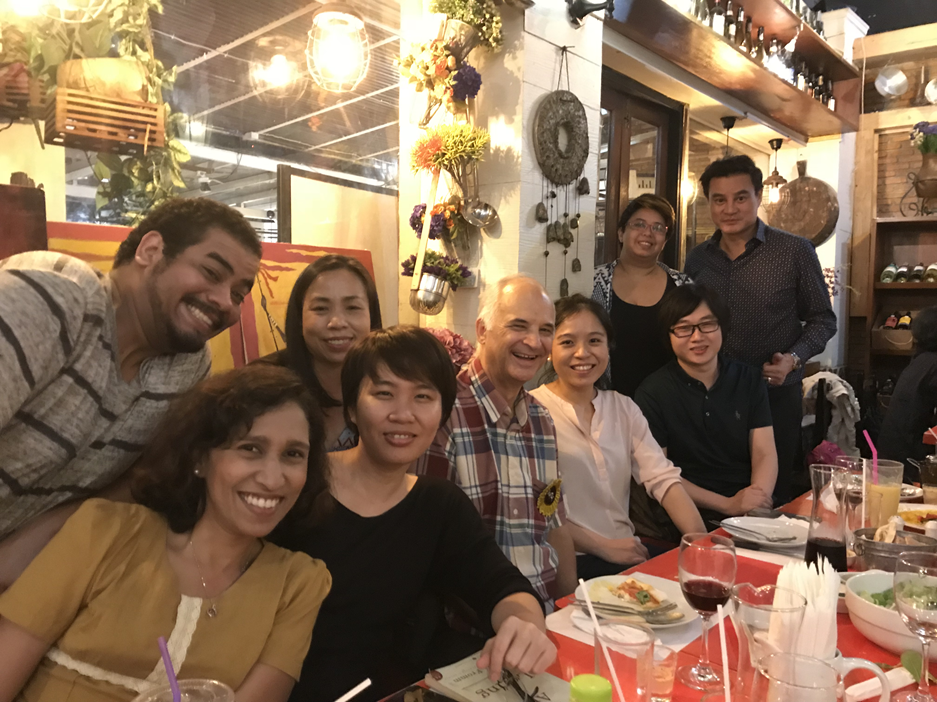
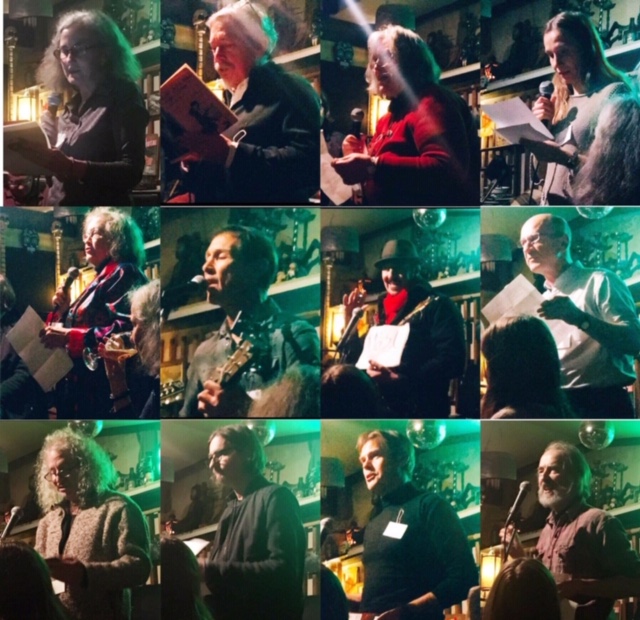
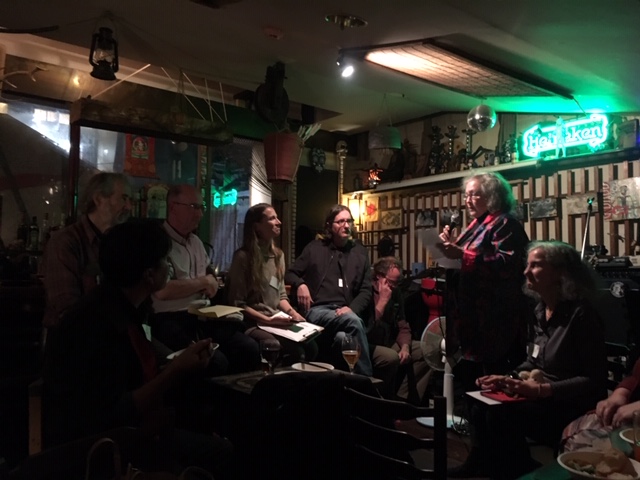

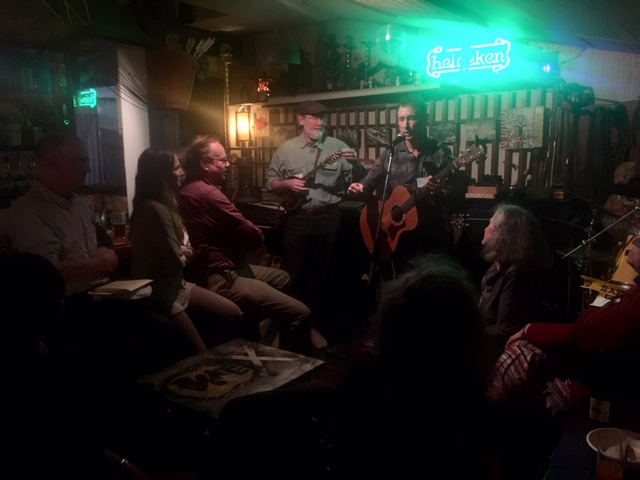
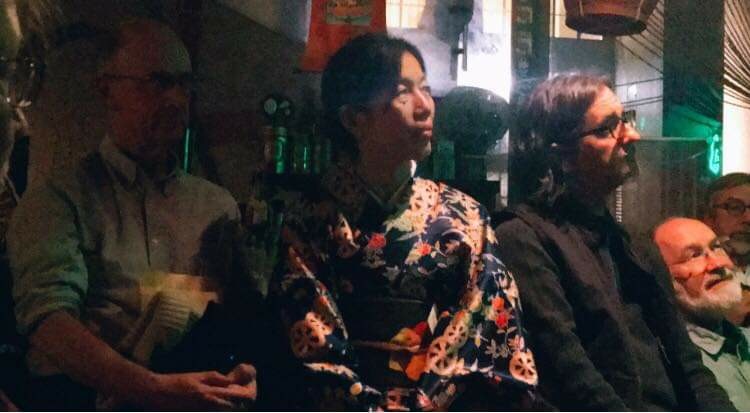

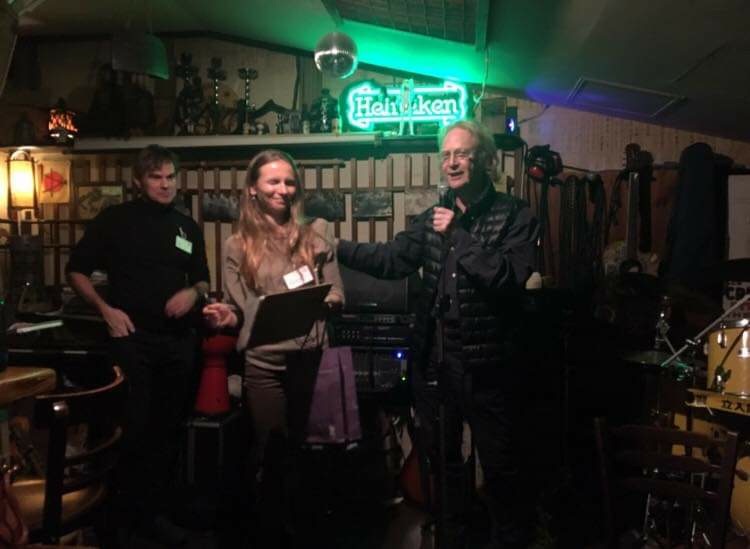
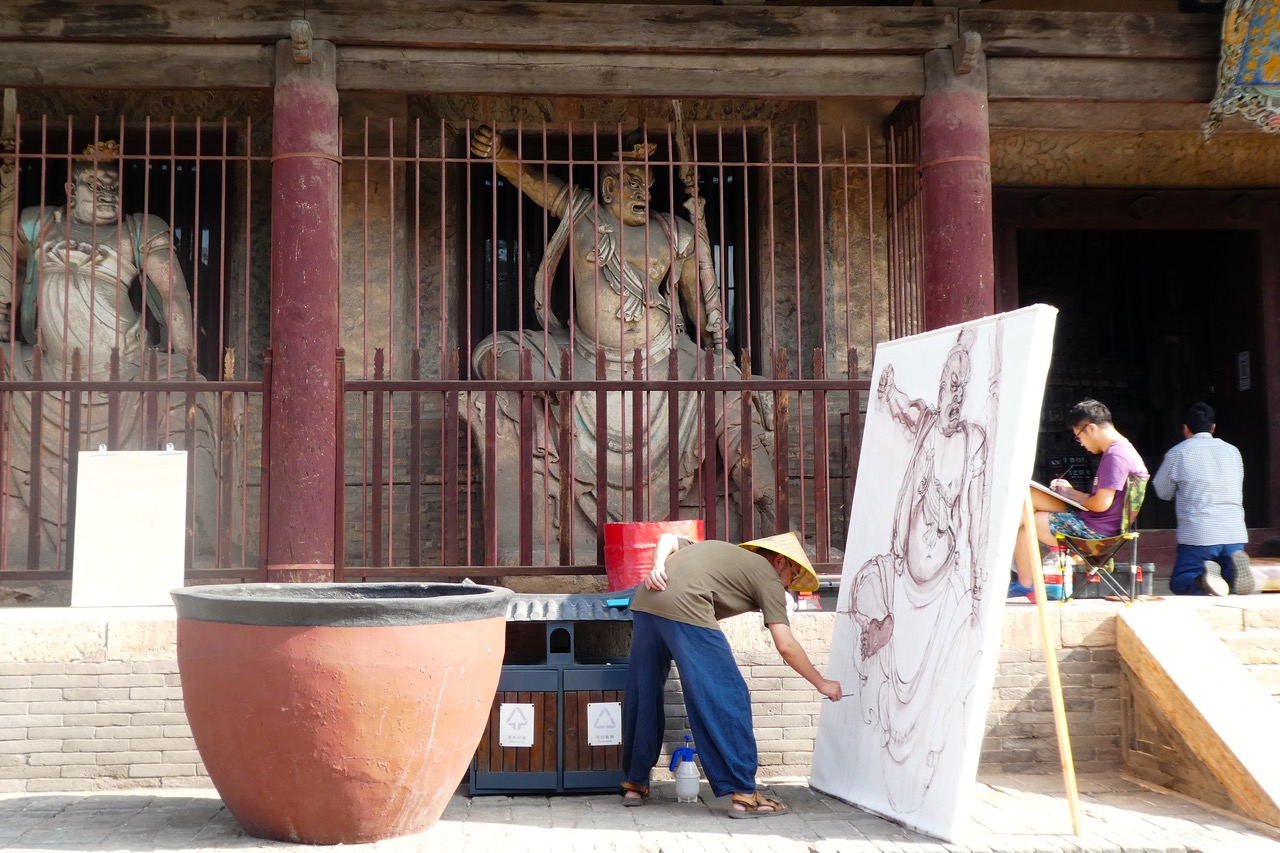
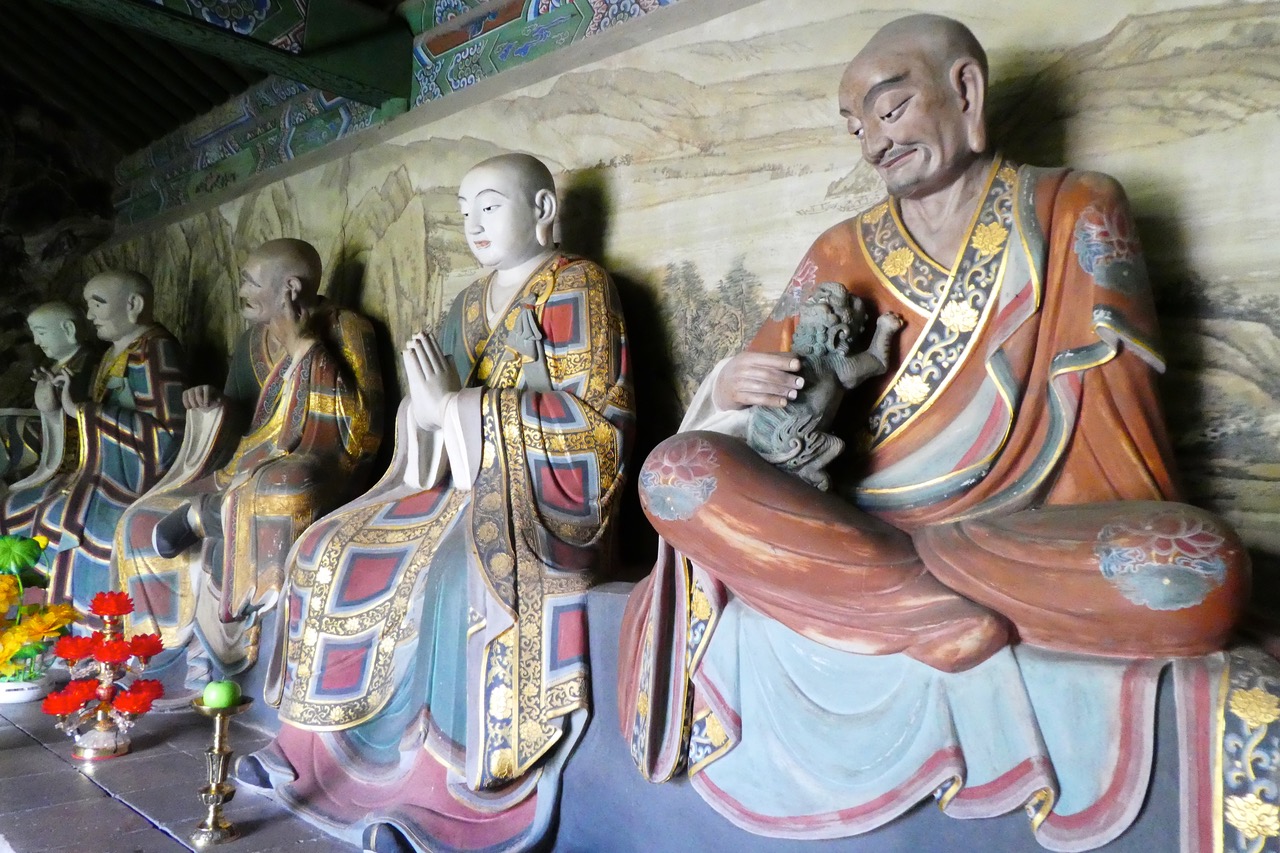
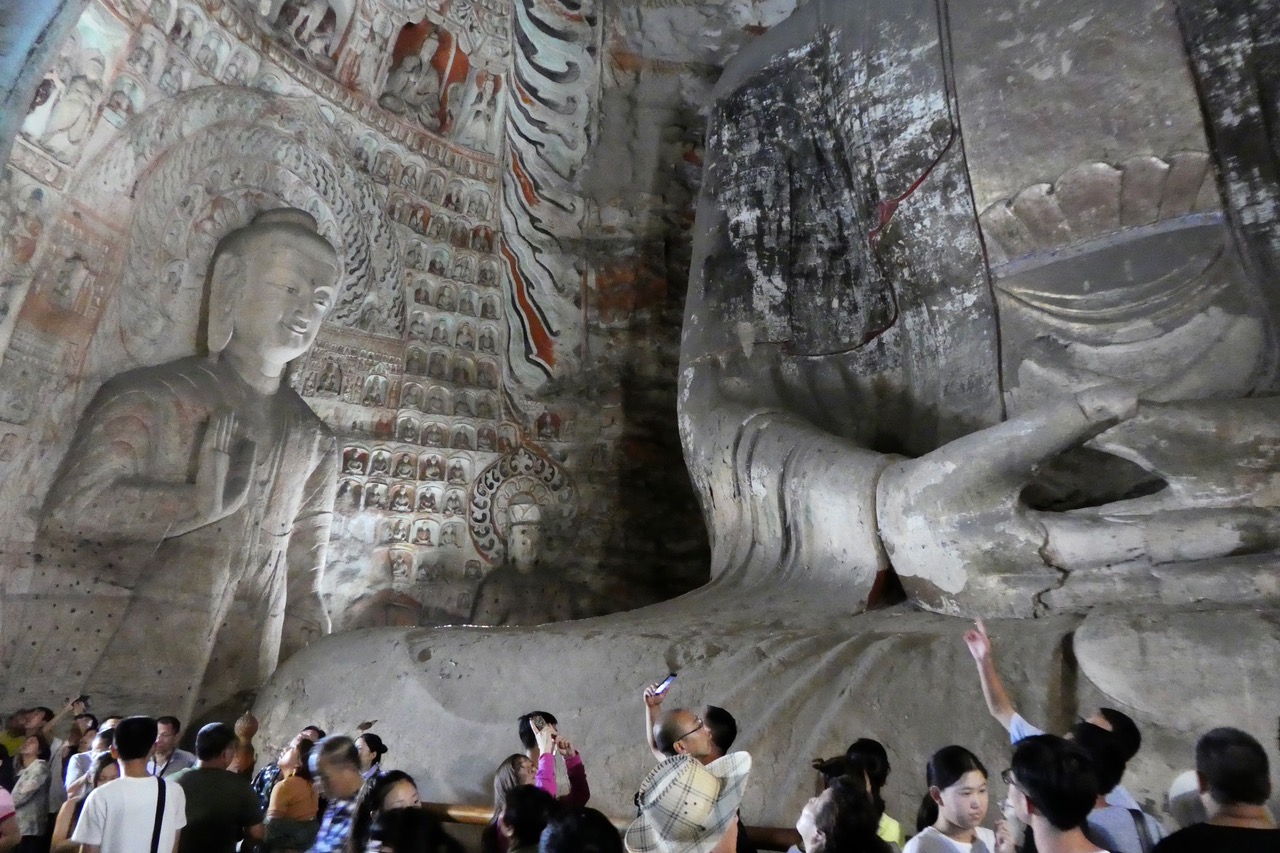

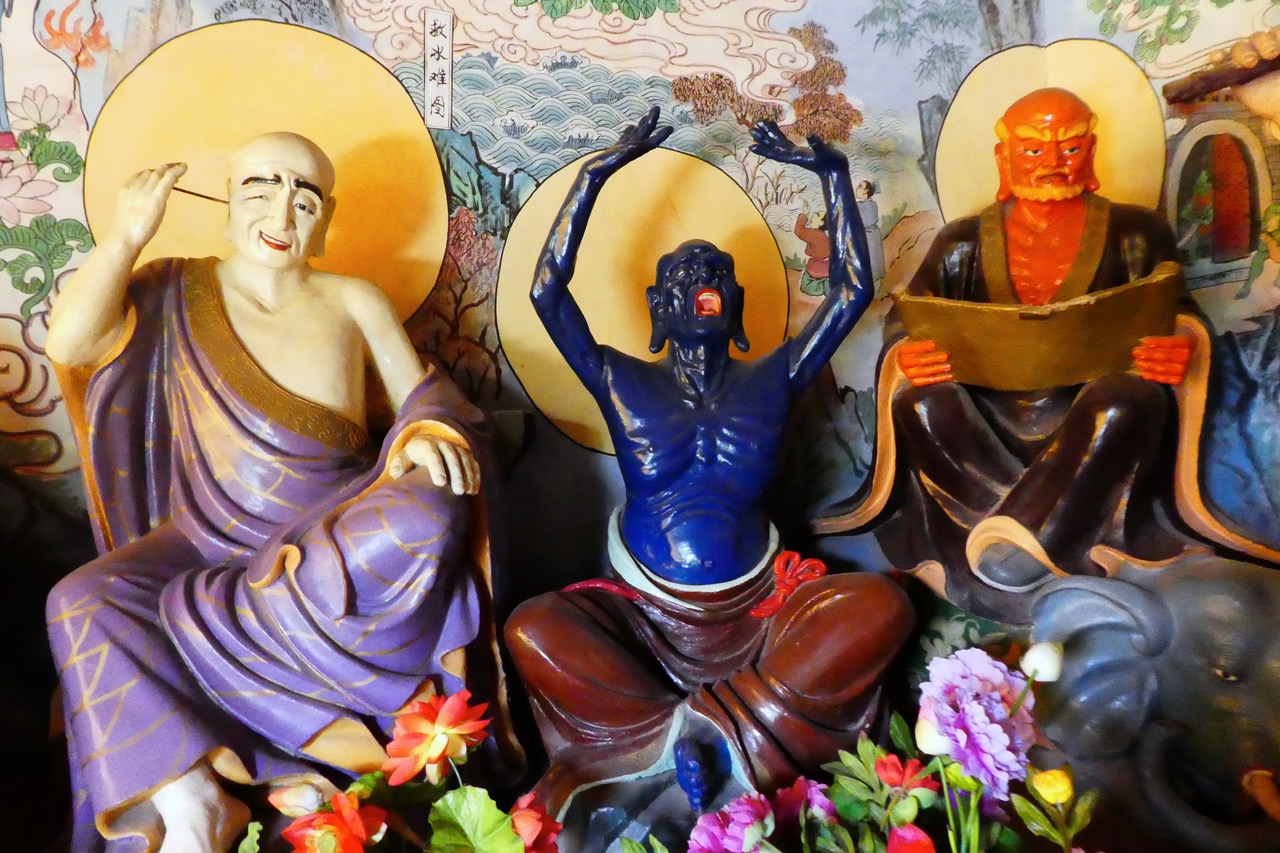
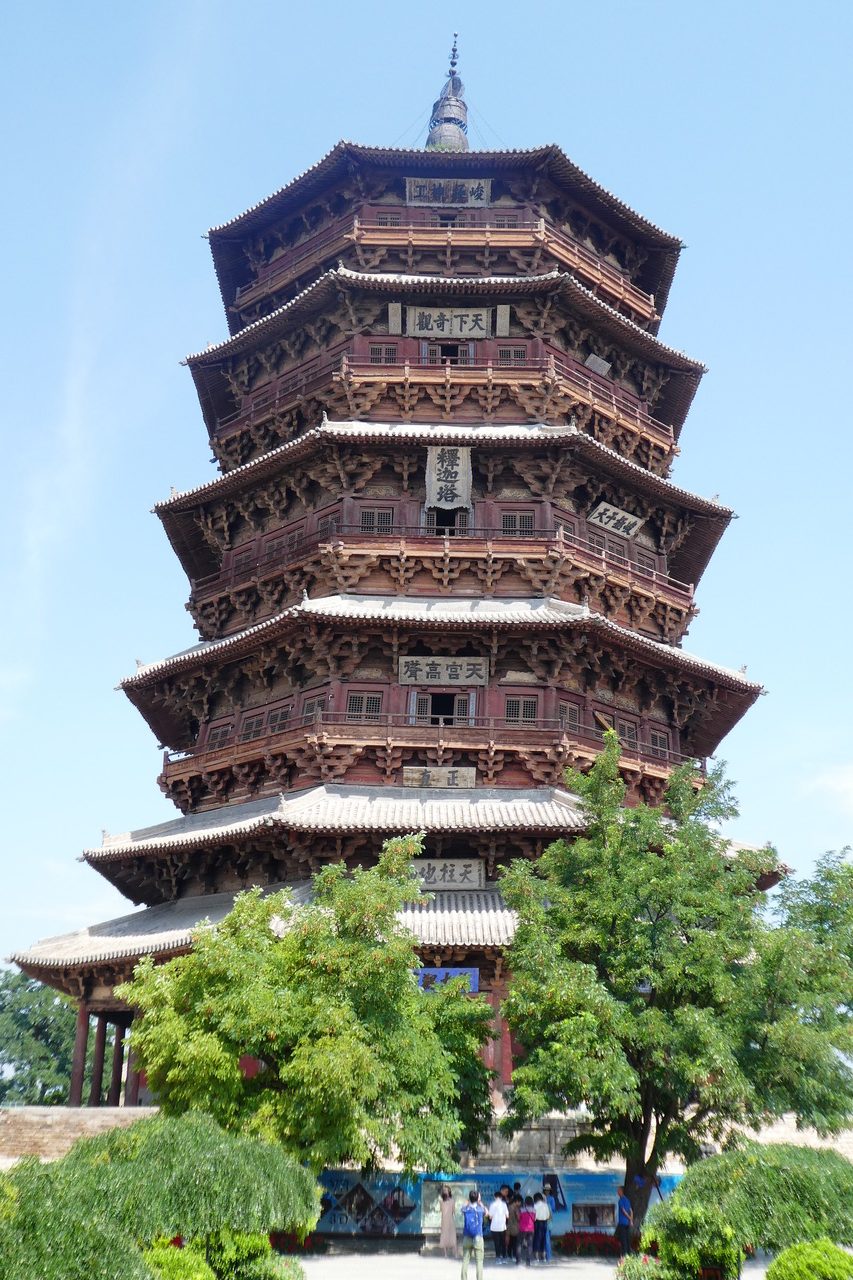

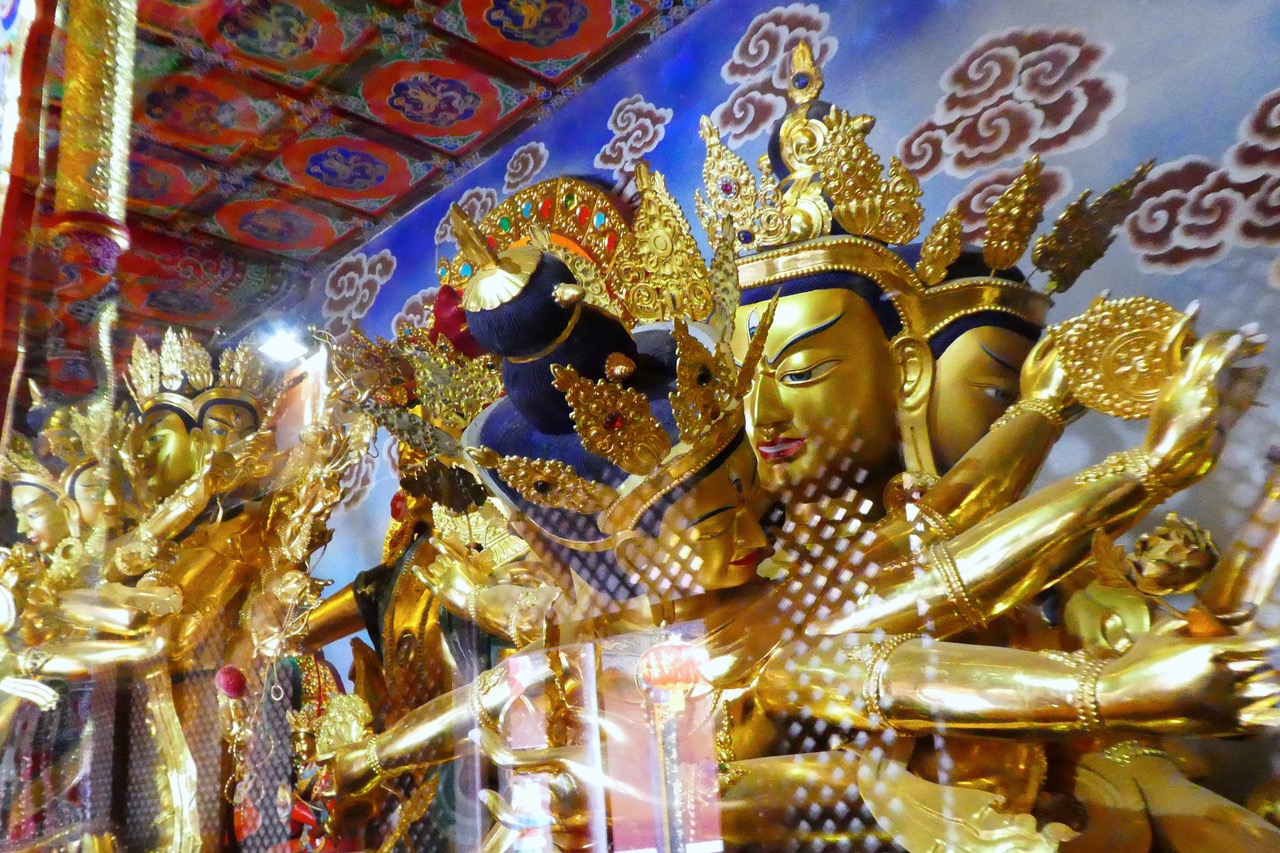
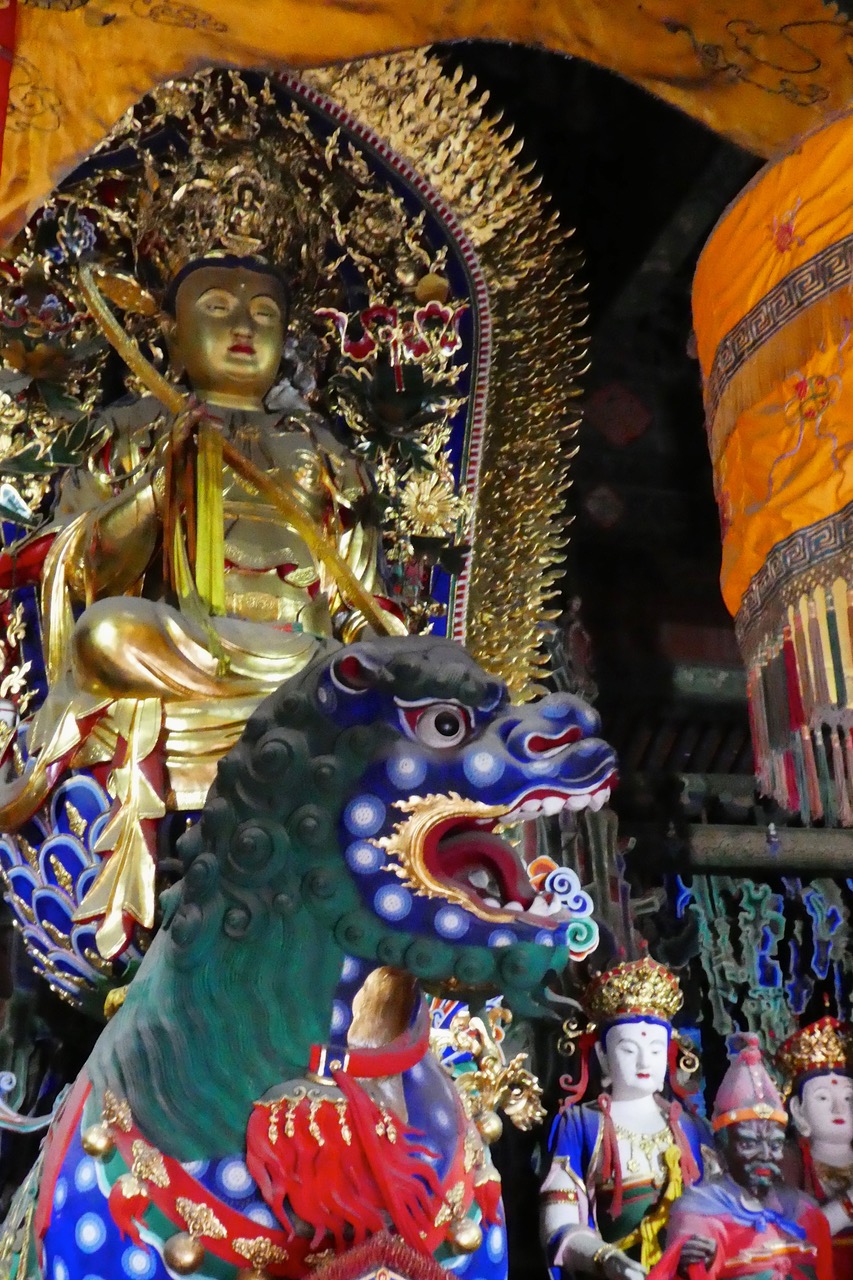
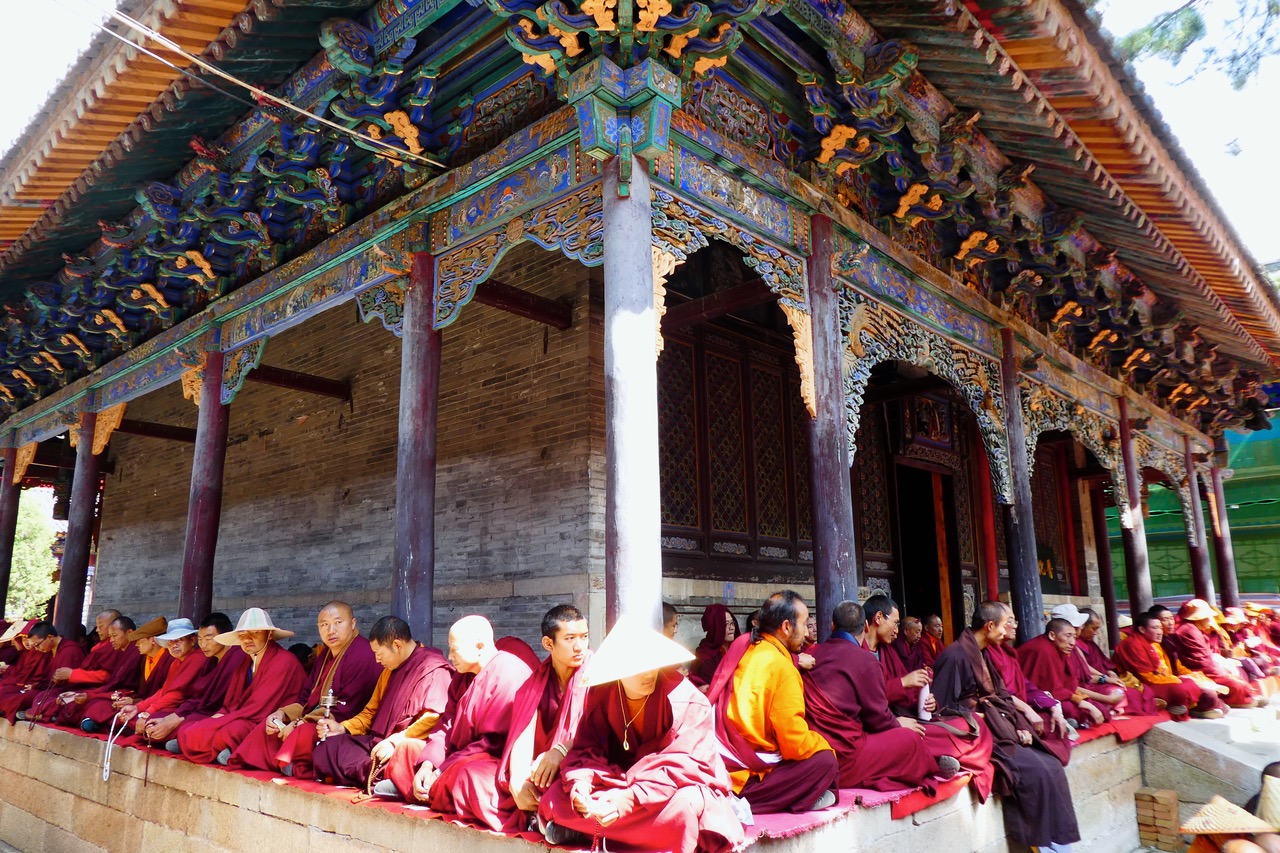
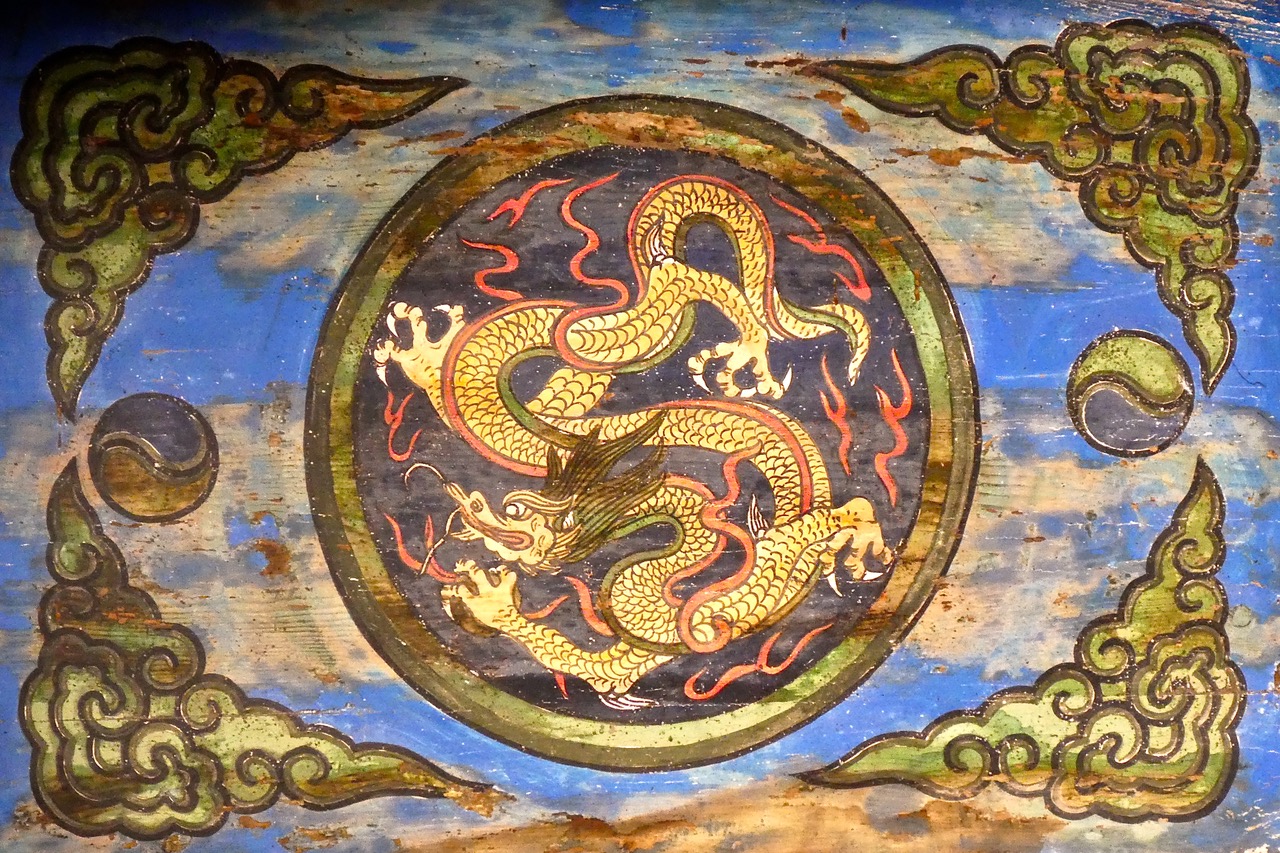
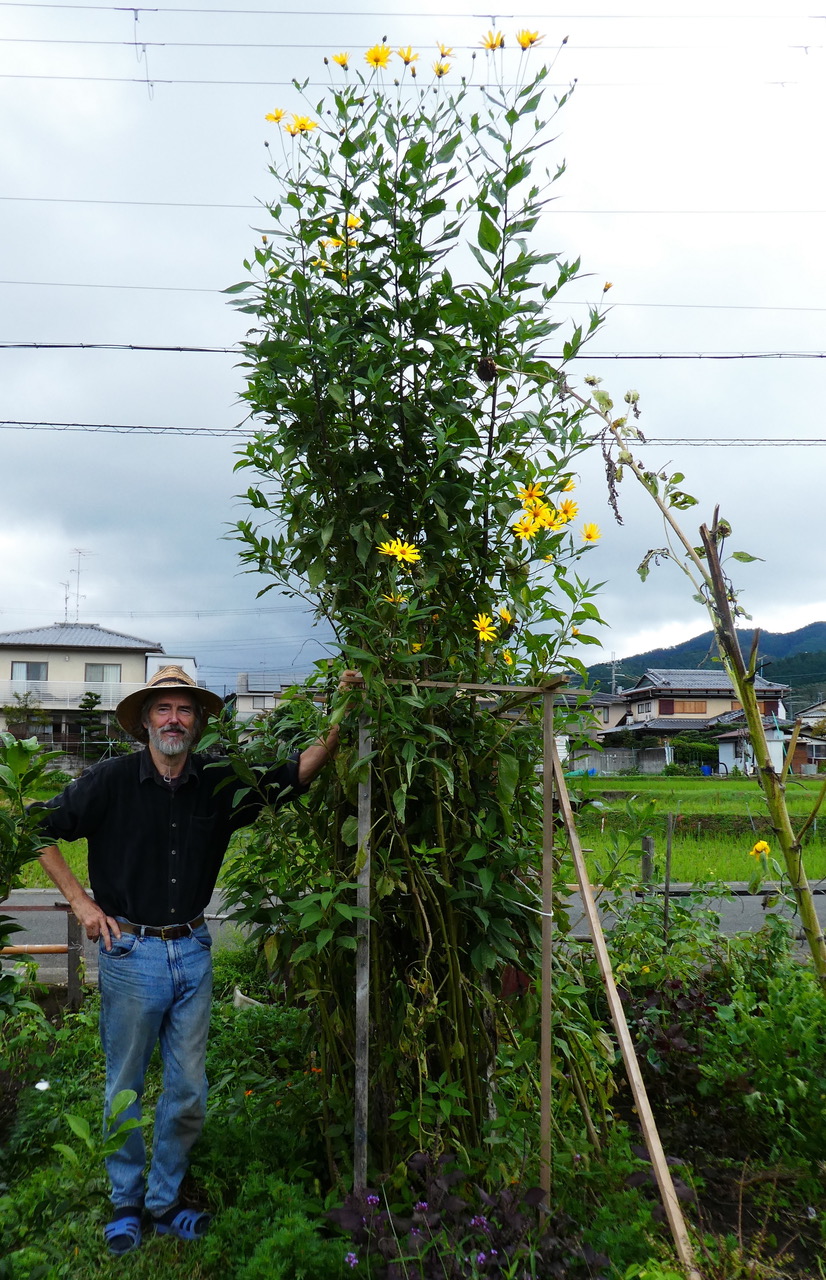
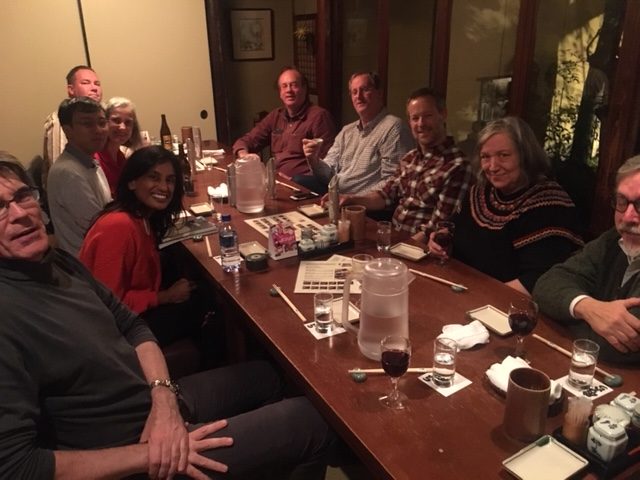
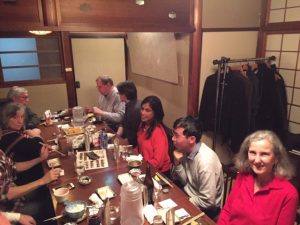

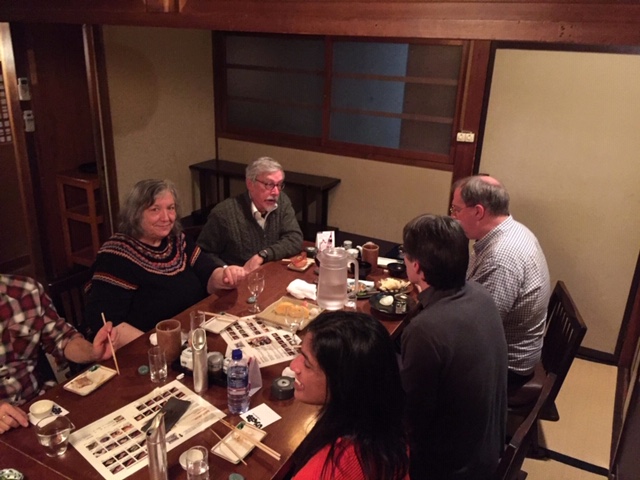

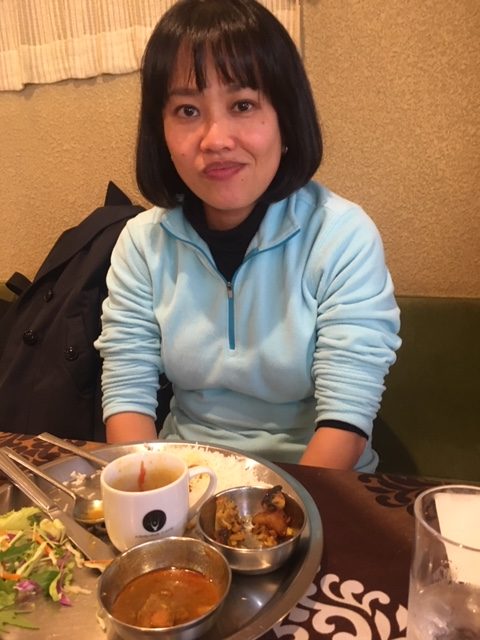
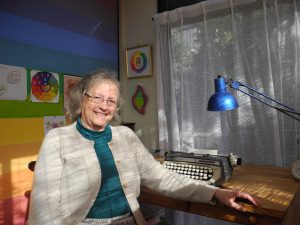
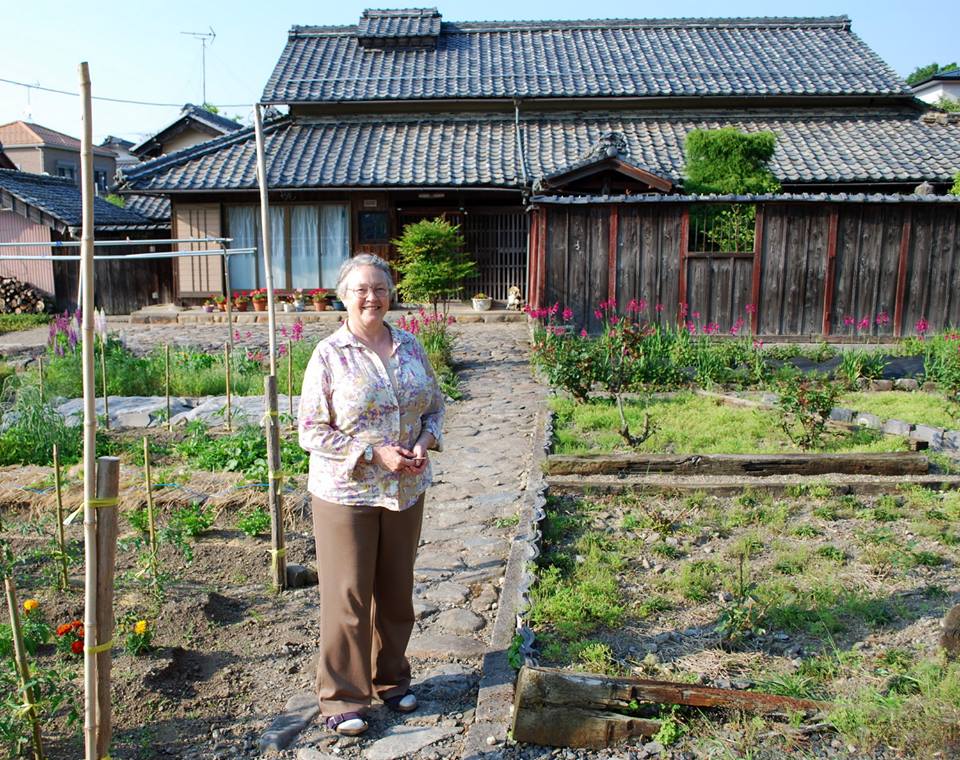







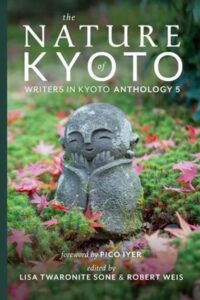
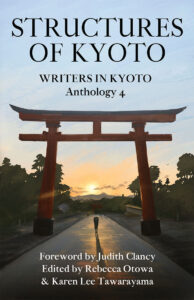


Recent Comments